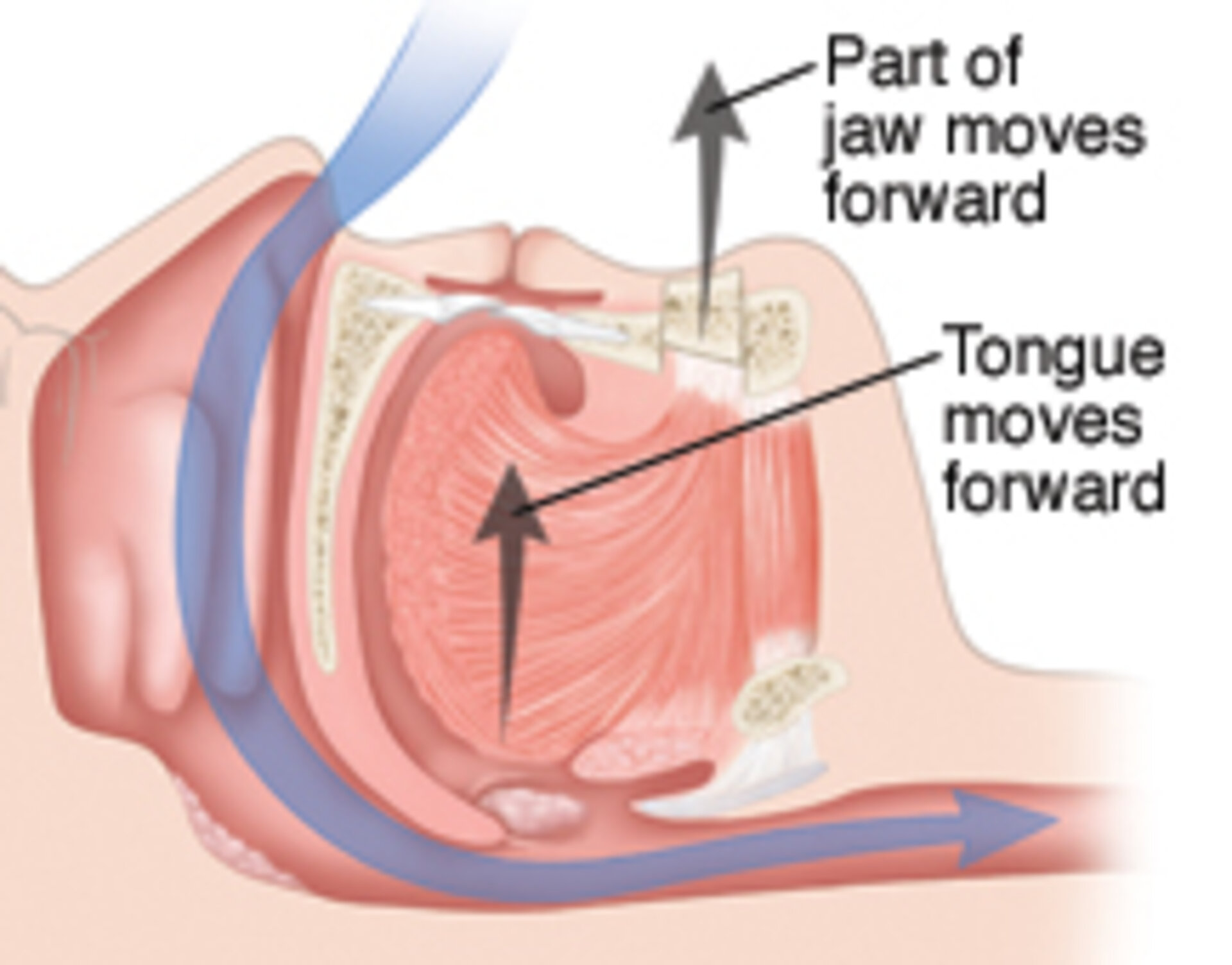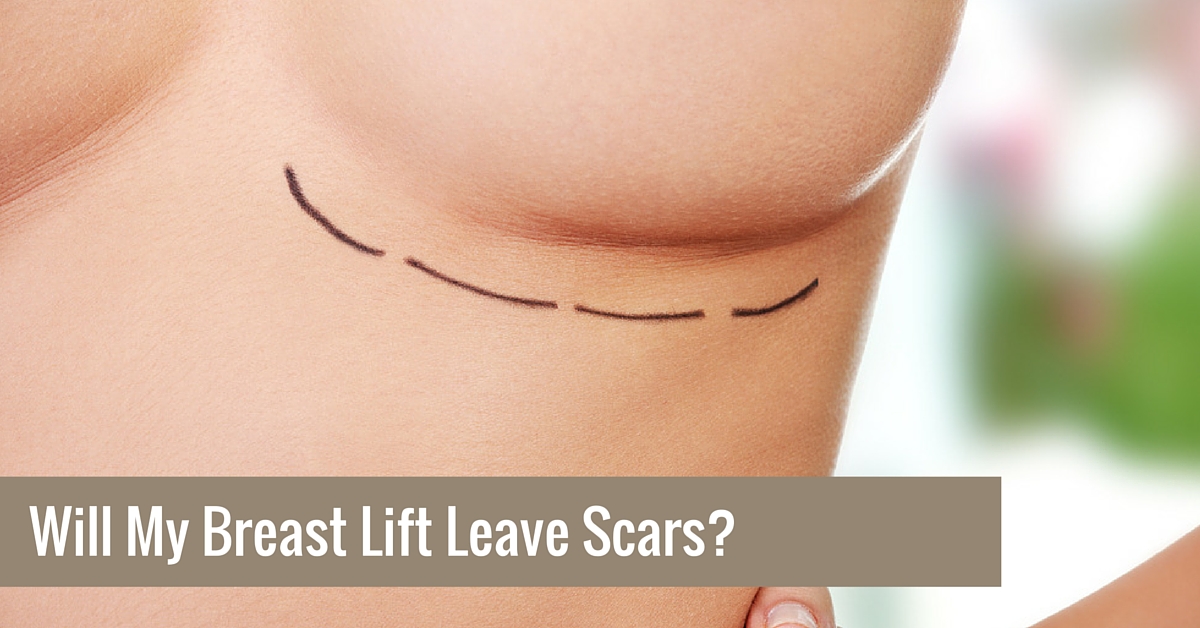
Consult your eye doctor if symptoms of chalazion have been present. Your doctor can determine if you have this eye problem by taking a thorough history of your overall health and examining the lids, eyelashes, and skin of your eyes. He or she will also examine the oil gland openings, margins, and texture of your eyelashes. Once diagnosed, most chalazions will heal on their own in a few weeks with minimal medical treatment.
The symptoms
A chalazion (or lump) is an eyelid swelling. Although it tends to grow slowly, it can become larger and cause discomfort. Although it doesn't hurt often, it can cause eyelid inflammation and irritation. The doctor will examine the eyelids and determine the cause. These symptoms may continue if you do not feel better. There are very few serious side effects to chalazion.
While chalazion can't be contagious it is important that you follow the proper hygiene protocols to lower your risk. After handling your eyes you should wash your hands thoroughly. Additionally, ensure your contacts and glasses remain clean. Also, you should follow your doctor's instructions for wearing contact lenses. Chalazion may be caused by other conditions like stye but it is not contagious. A doctor can prescribe anti-bacterial medications if your symptoms persist.

Diagnosis
Through a physical examination, a doctor will diagnose chalazion. The doctor will assess the condition by checking the eyesight and eyelids. He or she may also examine the skin and eyelashes. The doctor may diagnose inflammation or infection if the bump is painful or large. A blood test may be performed by an eye specialist to rule out any underlying conditions. The patient may have blurred vision. If the condition continues or becomes more severe, a physician may refer the patient directly to an eye doctor.
Diagnosis of chalazion can be made clinically. A complete history and exam will determine whether the condition is benign or malignant. Most cases are not required for further workup. If an alternative diagnosis is needed, a biopsy might be required. Most cases of chalazion are benign and can be treated with no further tests. If it recurs it is important to check for malignancy.
Treatment
The severity of the condition will determine the treatment. Some people might experience discomfort, irritation, and swelling of the eyelids. In most cases, chalazion will clear up on its own within a few days. In extreme cases, medication may be required to treat the problem. Steroid injections might also be administered, but these can cause permanent skin darkening.
Although chalazion does not spread to other people, you should refrain from touching your eyelids until it has cleared. A specialist in eye care may recommend steroid injections to reduce swelling if it continues. Patients may also be asked to wash their hands after removing contact lenses and touching their eyes. Contact lenses must be disinfected and disposed off according to a set schedule.

Recurrences
A chalazion refers to a benign bump on one's eyelid. Although the condition is usually not painful, it can sometimes be quite bothersome. It is possible to seek medical attention only if the condition continues to worsen. Recurrences can be common in those who are predisposed to the condition. What can you do if these symptoms persist? For more information about this condition, read on.
Most cases can be removed with effective treatment. Although some chalazion recur, most do not. Recurrences may occur for several reasons. These reasons could be due to underlying conditions. If you suspect an issue, a biopsy is a good option. It can also rule out more serious conditions. However, it may be a risk factor in recurrent chalazion.